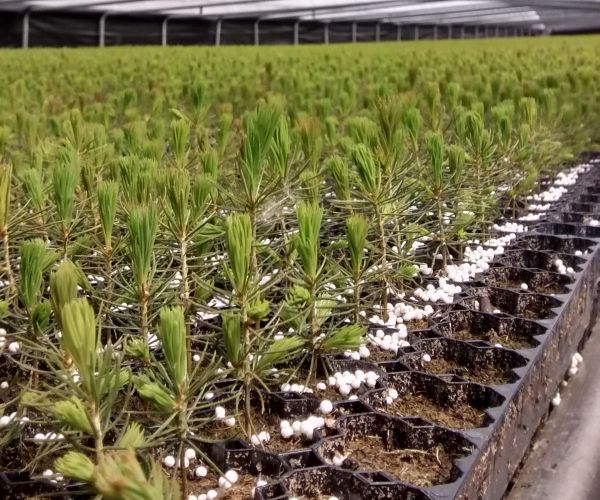Oak processionary moth and ash dieback are among the most notorious tree pests and diseases introduced into the UK. And many exotic pests and diseases are suspected of having been introduced, or are known to have been introduced, through the import of commercial tree planting material.
New research, which unravels the dynamics of tree production, economics and variability in demand, shows how to reduce the risks of importing such damaging forest foes. The findings, from a team led by Rothamsted Research with the University of Cambridge, are published today in The Journal of Applied Ecology.
“Our results suggest that a balanced management of demand variability and costs can significantly reduce the risk of importing an exotic forest pest or disease,” says Vasthi Alonso-Chavez, an epidemiological modeller at Rothamsted. She has developed a mathematical model to understand the problem.
The model assesses the impacts that three scenarios of increasing variability of demand has on the relationship between gross profit margins for nurseries and the likelihood of introducing an exotic disease: where locally producing a tree is 25%, 50% and 75% of the cost of importing a tree from Europe.
Read more at Rothamsted Research
Image: Balancing production to demand is particularly tricky for tree nurseries where seedlings must grow for three years. (Credit: Rothamsted Research)


